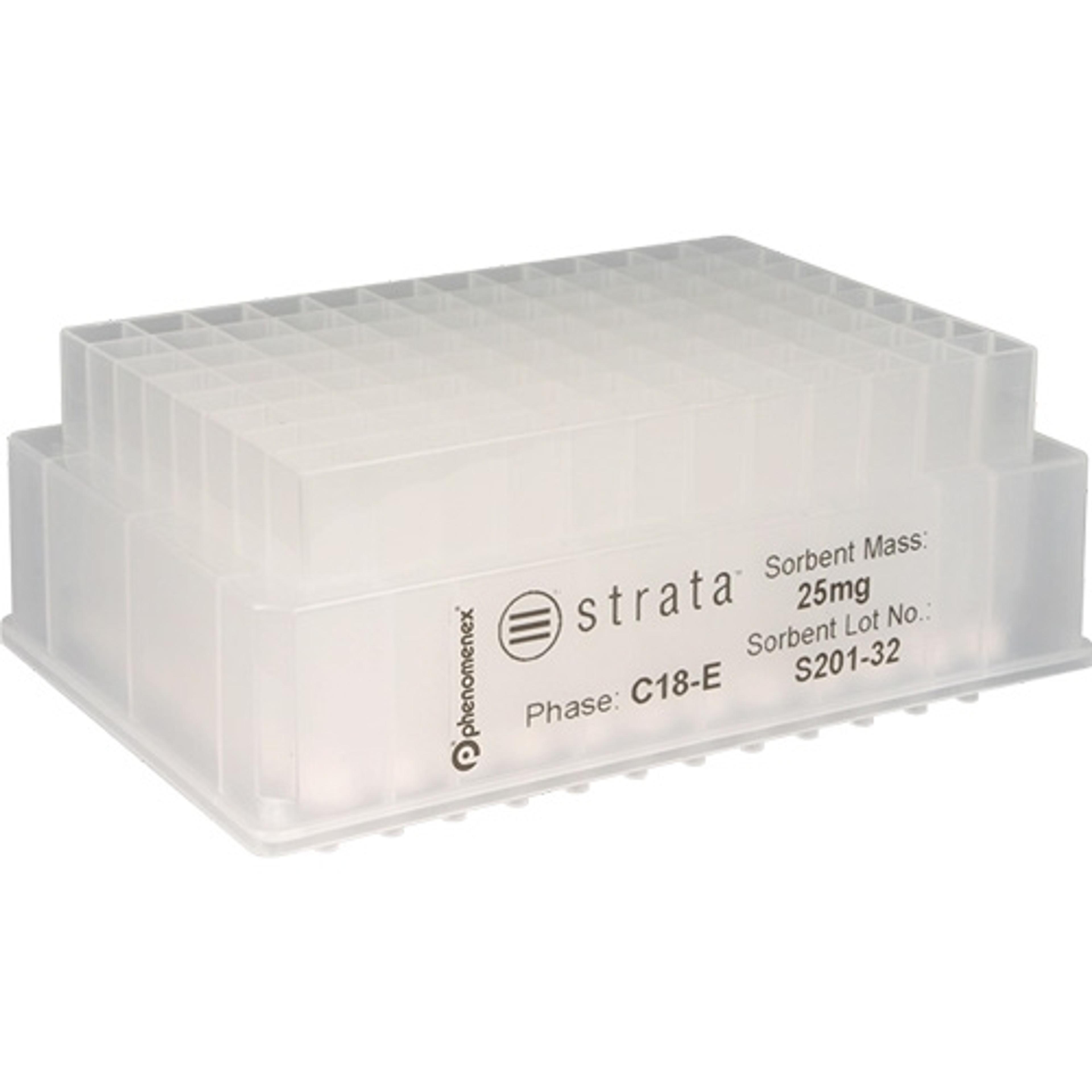Comparison of PFAS recoveries between cartridge format WAX/GCB vs dispersive GCB
Watch this on-demand webinar to discover how you can reduce sample handling and sample preparation time for non-drinking water PFAS analysis
28 Feb 2022

Widespread dispersion and persistence of perfluoroalkyl substances (PFASs) has led to emerging environmental concerns over the contamination of soils, surface water, and wastewater discharges. Robust and precise sample preparation is required to ensure optimum recoveries of PFASs for accurate environmental monitoring.
In this SelectScience webinar, now available on demand, Dr. Richard Jack, Global Market Development Manager at Phenomenex, demonstrates the robust LC-MS/MS recovery and precision that Strata™ PFAS single-tube weak anion exchange/graphitized carbon black (WAX/GCB) sample preparation provides for non-drinking water PFAS analysis. He also illustrates the equivalence of this method to a two-step SPE WAX followed by dispersed GCB, thereby meeting DoD QSM 5.3 and EPA 1633 requirements.
Watch on demandThink you’d benefit, but missed the live event? Register now to watch the webinar at a time that suits you or read on for highlights from the Q&A session.
Have you seen a difference in performance with different PFAS compounds?
RJ: If there's a carboxylic acid or sulfonic acid group on the compound, those work very well. Using the isotope dilution, you can see good recoveries with them. When you add in matrix effects, and how ionizable the different compounds are you'll see a different performance in the recovery. From what we can tell from the sample preparation, if it's a good, strong pH ionic interaction, you’ll achieve very good recoveries.
How well does the dual cartridge work for neutral PFAS, such as sulfonamides?
RJ: With the isotope dilution, we're getting good recoveries. In some cases, there may be some dual interaction occurring because of the WAX. Although it is called ‘weak anion exchange’, that phase does also have a hydrophobic and a charge component so you can get a dual interaction as there are Pi-Pi interactions available. It is probable therefore that the recoveries would be beyond the method requirements.
Were the samples filtered at all before the extraction?
RJ: In nature, PFASs will be sticking to algae and sediment so although these are water samples, they do tend to be quite dirty. There is a requirement in the EPA method 1633 to put glass wool on top of a cartridge. That prevents clogging of the phase, and on that, you're washing as well. So, you're not filtering the sample. If you filter in the field, you lose the particulate, and then, you wouldn't get a true reading of the PFAS there.
Why is there guidance in the draft EPA method 1633 to not leave dispersed GCB too long in the sample?
RJ: GCB will bind some of the long-chain compounds irreversibly. Therefore, people like the cartridge format because it is washed through as your load is cleaning out the sample.
Isn't concentrated acetic acid too strong for analysis using LC-MS/MS? Does the GCB remove the acetic acid from the sample?
RJ: You’re not using a concentrated acetic acid, it's only about 0.1% so that hasn't been a problem. You will have to clean your source over time but that's normal. The problem will be from your matrix samples if those aren't cleaned properly as that's going to cause more fouling of the source.
For some individual compounds, the recoveries were in the range of 30% with 24% relative standard deviation (RSD). Is this still within acceptable limits?
RJ: The EPA method 1633 talks about bile acids causing a problem because it’s an acidic carboxylic acid type compound. There’s currently being work done to try to resolve those chromatographically, and that may have been an issue for some of the data shown. To get around this problem you can try a different confirmatory ion.
How much water can be extracted through the cartridges?
RJ: That is going to vary on the matrix. Some labs are doing 100 mL or so, and up to 200 mL in some cases, but it will depend on the mass spec you have, the sensitivity level, and your pre-concentration.
To learn more about Strata™ PFAS single-tube WAX/GCB sample preparation, watch the full webinar here>>
SelectScience runs 10+ webinars a month across various scientific topics, discover more of our upcoming webinars>>

